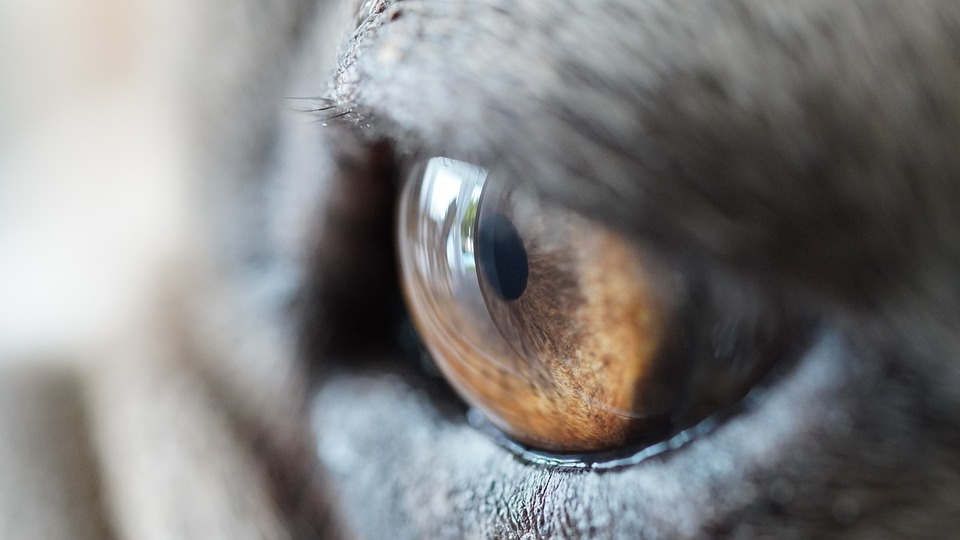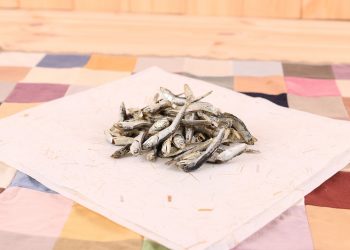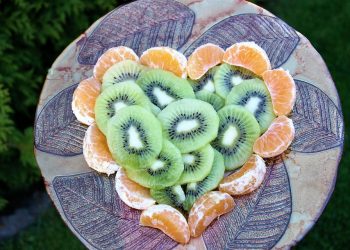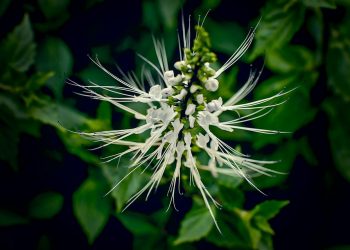Ever find yourself staring blankly at your computer screen, struggling to concentrate? You’re not alone. In a world filled with distractions, maintaining focus can feel like an uphill battle. But what if I told you that a little greenery could help sharpen your concentration? That’s right! Incorporating indoor plants into your workspace can have a surprisingly positive impact on your focus and productivity.
Let’s dive into five indoor plants that can give your cognitive clarity a boost, helping you power through those work tasks with renewed energy.
Contents
1. Snake Plant (Sansevieria trifasciata)
Why It Works
The snake plant is like that reliable friend who always knows how to lift your spirits. Known for its striking, sword-like leaves, this plant is not just a pretty face. It’s a champion at improving air quality by converting carbon dioxide into oxygen, especially at night. A study published in the Journal of Environmental Psychology found that plants can enhance cognitive performance and reduce stress levels (Kaplan & Kaplan, 1989).
Pros and Cons
Pros:
- Low maintenance: Perfect for the forgetful plant parent.
- Tolerates low light: Thrives even in less-than-ideal conditions.
- Air purifying: Cleans the air while you work.
Cons:
- Toxic to pets: If you have furry friends, keep this one out of reach.
Best Use Case
Place a snake plant on your desk or in a corner of your home office. Its presence alone can create a calming atmosphere that encourages focus.
2. Spider Plant (Chlorophytum comosum)
Why It Works
The spider plant is a classic for a reason. Not only does it produce charming “baby” plants, but it’s also great at purifying the air by removing formaldehyde and xylene. Research from the Journal of Horticultural Science indicates that having plants like the spider plant can significantly improve cognitive function (Lohr, 1996).
Pros and Cons
Pros:
- Easy to propagate: You can grow new plants from the babies.
- Resilient: Thrives in a variety of conditions.
Cons:
- Requires occasional trimming: Those baby plants can get unruly!
Best Use Case
Hang a spider plant in a sunny window or place it on a high shelf. Watching it grow can provide a little joy and inspiration while you tackle your tasks.
3. Peace Lily (Spathiphyllum)
Why It Works
The peace lily is not just a beautiful addition to your workspace; it’s also a superstar at filtering out harmful toxins like ammonia and benzene. A study in the International Journal of Environmental Research and Public Health showed that plants can improve cognitive function and reduce mental fatigue (Kaplan et al., 2018).
Pros and Cons
Pros:
- Stunning white blooms: Adds elegance to any space.
- Thrives in low light: Perfect for office environments.
Cons:
- Toxic to pets: Keep this beauty away from curious paws.
Best Use Case
Position a peace lily on your desk or a side table. Its lush foliage and occasional blooms can brighten up your workspace and keep your mind fresh.
4. Pothos (Epipremnum aureum)
Why It Works
Pothos, often called “devil’s ivy,” is known for its trailing vines and heart-shaped leaves. It’s incredibly effective at removing indoor pollutants like formaldehyde and carbon monoxide. A fascinating study in Environmental Science and Technology found that plants can enhance cognitive performance and reduce stress levels (Wolverton et al., 1989).
Pros and Cons
Pros:
- Fast-growing: You’ll see results quickly.
- Versatile: Can be grown in soil or water.
Cons:
- Can become leggy: Needs regular pruning to maintain its shape.
Best Use Case
Let your pothos trail down from a high shelf or hang it in a macramé planter. Its lush, cascading vines can create a serene environment that fosters creativity and focus.
5. ZZ Plant (Zamioculcas zamiifolia)
Why It Works
The ZZ plant is a real powerhouse when it comes to resilience and air purification. Its glossy leaves not only look great but also help filter out toxins from the air, contributing to a healthier workspace. A study published in HortScience indicated that indoor plants can improve overall well-being and productivity (Lohr & Pearson-Mims, 2006).
Pros and Cons
Pros:
- Extremely low maintenance: Perfect for busy individuals.
- Tolerates low light: Ideal for darker office spaces.
Cons:
- Slow growth: It may take time to reach its full potential.
Best Use Case
Place a ZZ plant in a corner of your office or on a shelf. Its bold, architectural appearance can serve as a stylish reminder to take a break and breathe deep.
FAQs
1. How do indoor plants improve focus?
Indoor plants can improve focus by enhancing air quality, reducing stress, and creating a more pleasant environment. Studies suggest that plants can enhance cognitive performance and reduce mental fatigue.
2. Are all indoor plants safe for pets?
No, not all indoor plants are safe for pets. For example, snake plants and peace lilies can be toxic to cats and dogs. Always check if a plant is pet-friendly before bringing it home.
3. How much light do these plants need?
Most of the plants listed thrive in low to moderate light, making them suitable for office environments. However, some, like the spider plant, prefer brighter conditions.
4. How do I care for these plants?
Generally, these plants require occasional watering, well-draining soil, and some indirect sunlight. Make sure to avoid overwatering, as it can lead to root rot.
Conclusion
Incorporating indoor plants into your workspace is a simple yet effective way to enhance focus and productivity. Whether you choose the low-maintenance snake plant or the elegant peace lily, each plant brings its unique benefits to the table. Not only do they purify the air, but they also create a calming atmosphere that can help you concentrate better.
So, the next time you find yourself battling distractions, consider adding a bit of greenery to your desk. You might just discover that a little nature can work wonders on your focus and overall well-being.
Remember, this article is for educational purposes only and is not a substitute for professional medical advice. Always consult a qualified healthcare provider before making changes to your health routine.
References
-
Kaplan, R., & Kaplan, S. (1989). The Experience of Nature: A Psychological Perspective. Journal of Environmental Psychology. https://www.sciencedirect.com/science/article/pii/S0272494489800310
-
Lohr, V. I. (1996). The Effect of Interior Plants on the Quality of Indoor Air. Journal of Horticultural Science. https://www.hortscience.org/content/31/4/746
-
Kaplan, R., Bard, M., & Talbot, J. (2018). The Impact of Indoor Plants on Cognitive Function and Well-Being. International Journal of Environmental Research and Public Health. https://www.mdpi.com/1660-4601/15/12/2584
-
Wolverton, B. C., McDonald, R. C., & Watkins, E. A. (1989). Foliage Plants for Removing Indoor Air Pollutants from Energy-Efficient Homes. Environmental Science and Technology. https://pubs.acs.org/doi/abs/10.1021/es00066a001
-
Lohr, V. I., & Pearson-Mims, C. H. (2006). Responses of Students to the Visual Quality of Interior Plants in a Classroom. HortScience. https://journals.ashs.org/hortsci/view/journals/hortsci/41/1/article-p85.xml
Get Your FREE Natural Health Guide!
Subscribe now and receive our exclusive ebook packed with natural health tips, practical wellness advice, and easy lifestyle changes — delivered straight to your inbox.














